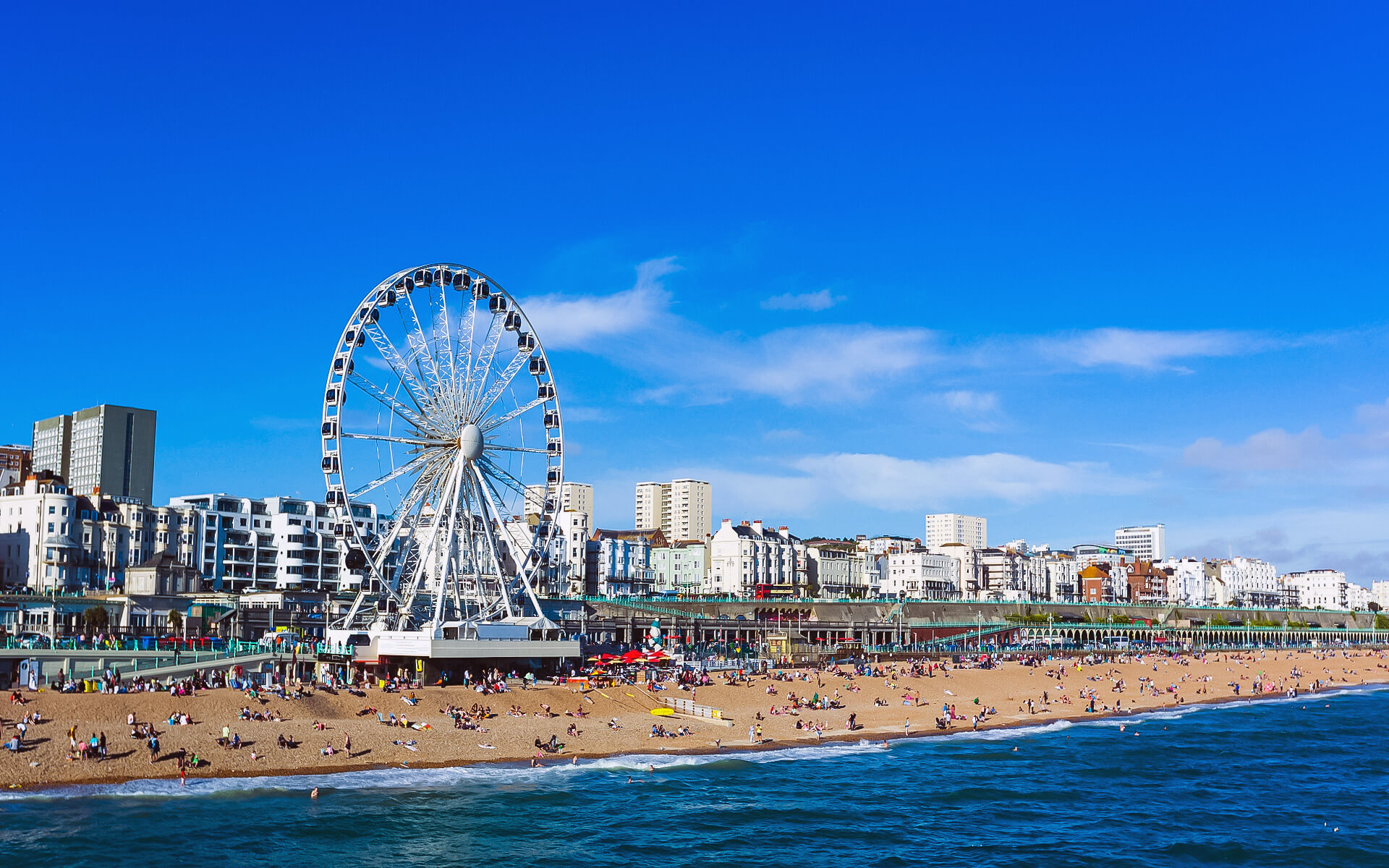[lwptoc]
Brighton is a beach resort in East Sussex, England, and the major portion of the City of Brighton and Hove. Brighton is part of the Brighton/Worthing/Littlehampton conurbation, which is historically in the Rape of Lewes in Sussex. Brighton is the hub of the Greater Brighton City Region, a conglomeration of municipal governments and other organizations that represents the city’s broader regional economic importance.
Settlement in the region may be traced back to the Bronze Age, Roman, and Anglo-Saxon eras, according to archeological evidence. The Domesday Book mentions the old village of “Brighthelmstone” (1086). The town’s prominence expanded throughout the Middle Ages as the Old Town flourished, but it faded in the early modern era as a result of foreign assaults, storms, a struggling economy, and a shrinking population. Brighton started to draw more tourists throughout the modern era as road transportation to London improved, and it became a boarding place for vessels bound for France. The town also grew in popularity as a health resort for those seeking a reputed cure for ailments by swimming in the sea.
Brighton grew in popularity as a fashionable seaside resort during the Georgian period, thanks to the support of the Prince Regent (later King George IV), who spent much of his Regency in the town and built the Royal Pavilion. Following the advent of the railroads in 1841, Brighton continued to flourish as a prominent tourist destination, becoming a favourite day-trip destination for Londoners. Many of the main attractions, including as the Grand Hotel, the West Pier, and the Brighton Palace Pier, were erected during the Victorian period. The town continued to flourish throughout the twentieth century, increasing its limits to include further regions until merging with the town of Hove in 1997 to become the unitary authority of Brighton and Hove, which was awarded city status in 2000.
Brighton’s central position has made it a popular tourist destination, and it is known for its varied cultures, eccentric retail districts, thriving cultural, music, and arts scene, and huge LGBT community, earning it the title of “gay capital of the UK.” Brighton is the most popular beach resort in the UK for international tourists, with over 8.5 million visits each year. Brighton has also been dubbed “the happiest location to live in the UK” and “the UK’s hippest city.”


